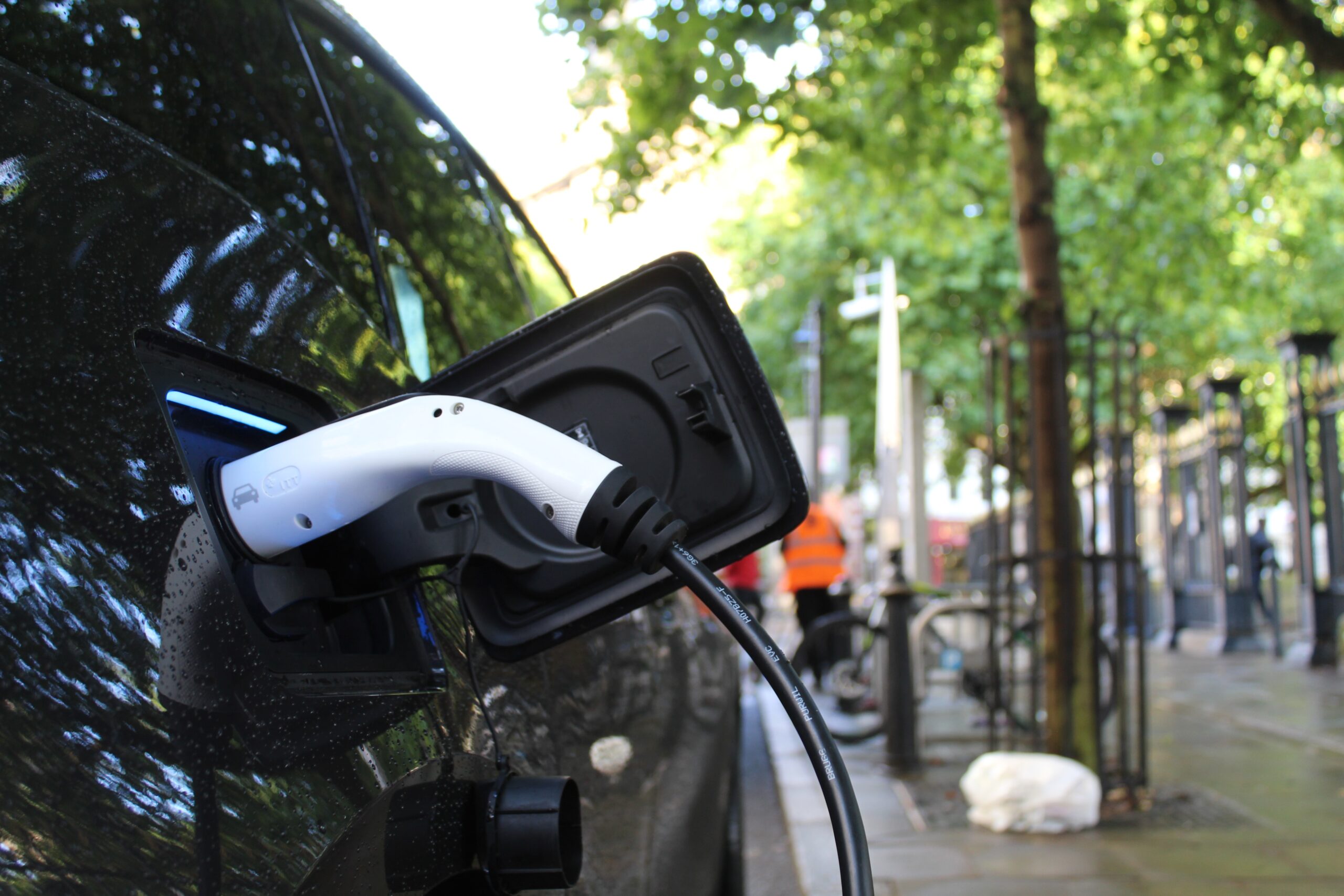Charging infrastructure is critical to ensure the continuous rise and use of EVs but all around the UK, the USA, and the EU there are many problems. We spoke to David Hallgren, GM Energy & Charging Infrastructure at Einride on how the infrastructure is developing, what is being done and what challenges will be hard to fix.

David, How would you evaluate the charging infrastructure in key markers like the UK, EU, USA?
Overall, the current supply of infrastructure designed specifically for the transportation of heavy goods using large vehicles is quite restricted. Addressing this limitation requires individuals or entities who take the lead in propelling advancements in this field, and we are committed to being actively involved in this process.

Become a Member!
2024 will bring more events and we would like to invite you to join us as a member. Members get exclusive access to our events and can bring a colleague or a guest for free. You can check it out now!
Although, we’re seeing advancements around the world that help make charging infrastructure widely available. Both the EU and the US provide large subsidies for trucks and charging infrastructure, while the UK government recently announced it is planning to make available
£4.5bn over 5 years to attract investment into strategic manufacturing sectors, which includes charging infrastructure, in addition to their new funding scheme, which will help deliver more charging sites and help the freight industry decarbonise. Nevertheless, with the growing number of electric vehicles on the roads, there is still more that can be done, and we will need to see further government incentives in different markets that will help provide even more charging networks.
What are the current challenges related to charging infrastructure?
In many regions that are appealing from a logistics standpoint, accessing suitable land for establishing charging facilities can be a challenge. These areas frequently have a constrained grid capacity, and ensuring a sustainable and reliable energy supply for the chargers adds another layer of complexity.
Support from the government in terms of simplified procedures to build the infrastructure are key and far from comparable from country to country. Germany and Sweden have launched good incentive programs that enable the roll-out of the infrastructure and speed up the process with building permit exemptions.
How long does it take to install such infrastructure and what capabilities are needed?
The time required to install charging infrastructure ranges from 3 to 18 months, depending on the permitting structure in different countries, with a prerequisite that a grid is available.
To build efficient charging stations, companies need to ensure they meet wide ranging capabilities.
These include ensuring charging solutions are customizable and adaptable to changing technological needs, and that stations are based in strategic locations that give customers the flexibility to either quickly charge their vehicles or allow them to stay overnight.
Charging solutions should remain flexible and adaptable alongside infrastructure being upgraded as vehicles develop to handle higher power levels and as new technologies, such as megawatt charging, become more commercially viable.
Who should be pushing for it?
It should primarily include those with transportation needs or involved in transportation services. The expansion should prioritize the development of efficient transport solutions tailored to the optimal requirements of electric vehicles, rather than merely situating chargers at existing nodes in the current system. Although some countries have started public funding for the electrification of heavy goods vehicles and charging infrastructure, enhanced collaboration between private companies and governments at different levels is necessary to propel a sustainable electric future. Local municipalities play a pivotal role, not just in planning and permissions, but also in sourcing the energy needed to charge vehicles. ✷



